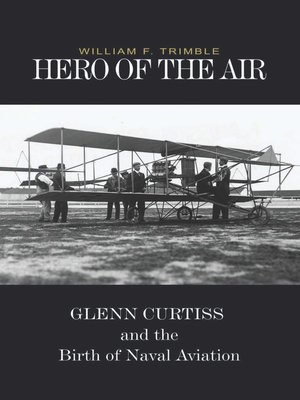
Sign up to save your library
With an OverDrive account, you can save your favorite libraries for at-a-glance information about availability. Find out more about OverDrive accounts.
Find this title in Libby, the library reading app by OverDrive.



Search for a digital library with this title
Title found at these libraries:
| Library Name | Distance |
|---|---|
| Loading... |
This book focuses on the role of Glenn H. Curtiss in the origins of aviation in the United States Navy. A self-taught mechanic and inventor, Curtiss was a key figure in the development of the airplane during the early part of the century. His contributions are generally well known, among them a control system using the aileron instead of the Wrights' wing-warping, the first successful hydro-airplane and flying boat, among other developments. Curtiss's links to the Navy came as result of advocates of aviation in the Navy, chief among them Captain Washington I. Chambers, who recognized that the navy had special requirements for airplanes and their operations, and for aviators and their training. In a partnership with the navy, Curtiss helped meet the special requirements of the service for aircraft, particularly those with the potential for operating with naval vessels at sea or in conducting long-distance flights over water. He also was instrumental in training the first naval aviators. Curtiss and the navy continued their collaboration through World War I, reaching a climax in 1919 with the first transatlantic flight by the famed Navy-Curtiss NC flying boats. The book addresses the broader implications of the Curtiss-Navy collaboration in the context of the long-standing trend of government-private cooperation in the introduction and development of new technologies. It also explores the interactive dynamics of weapons procurement and technological change within a large and entrenched bureaucracy and helps lay to rest the persistent myth that the navy resisted the introduction of aviation. The pioneering work of Curtiss and his close ties with Chambers and others helped the navy to define the role of aviation in the years up to and through World War I. The book will relies heavily on primary source materials from a variety of archival collections, including the Library of Congress, National Archives, National Air and Space Museum, and the Glenn H. Curtiss Museum.







